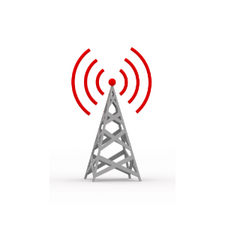|

Many applications employ wireless links for both access and backhauling data to the cloud. Different wireless technologies like 5G NR, 4G LTE, CBRS, TVWS, LPWAN, and Wi-Fi are available depending on the application.
For most backhaul applications that require high-speed data transmission, cellular networks are effective. When the reach is not quite enough (such as weak signals or signal interferences), enabling technologies such as cellular bi-directional amplifiers, high gain antennas, filters, and small cells can be used to complete the loop.
At RfWeL we have partnered with the cellular carriers and original equipment manufacturers to offer total solutions for your wireless data application.
A RfWeL Wireless Support Specialist will be happy to discuss your individual application and work with you to implement the best price/performance wireless solution.
Click on the images below to learn more about the specific vertical applications.
|